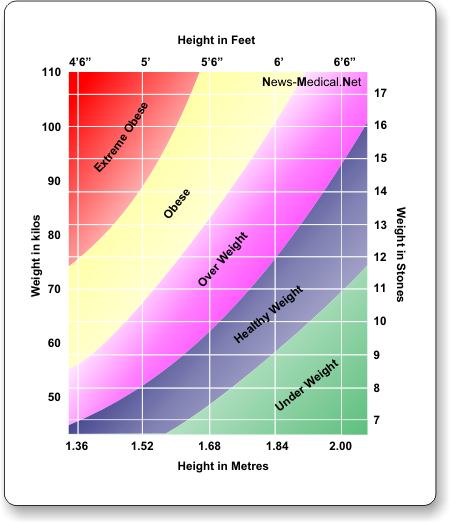Launching 1st March 2023. Also check out: https://www.thailandmedical.news/
Obesity and overweight have in the last decade become a global problem - according to the World Health Organization (WHO) back in 2005 approximately 1.6 billion adults over the of age 15+ were overweight, at least 400 million adults were obese and at least 20 million children under the age of 5 years were overweight.
Experts believe if the current trends continue by 2015 approximately 2.3 billion adults will be overweight and more than 700 million will be obese. The scale of the obesity problem has a number of serious consequences for individuals and government health systems.
Obesity is a concern because of its implications for the health of an individual as it increases the risk of many diseases and health conditions including: -
These conditions can cause or contribute to premature death and substantial disability.
Cardiovascular disease - mainly heart disease and stroke - is already the world's number one cause of death, killing 17 million people each year and diabetes has rapidly become a global epidemic - according to WHO projections diabetes deaths will increase by more than 50% worldwide in the next 10 years.
Less common health conditions associated with increased weight include asthma, hepatic steatosis and sleep apnoea.
Overweight and obesity and their associated health problems have a significant economic impact on health systems and the medical costs associated with overweight and obesity have both direct and indirect costs - direct medical costs may include preventive, diagnostic, and treatment services related to obesity, while indirect costs relate to loss of income from decreased productivity, restricted activity, absenteeism, and bed days and the income lost by premature death.
Overweight and obesity are defined by the WHO as abnormal or excessive fat accumulation that presents a risk to an individuals health.
Overweight and obesity are major risk factors for a number of chronic diseases, including diabetes, cardiovascular diseases and cancer and while it was once an issue only in high income countries, overweight and obesity has now dramatically risen in low- and middle-income countries.Such countries are now facing a "double burden" of disease, for while they continue to deal with the problems of infectious disease and under-nutrition, they are also experiencing a rapid upsurge in chronic disease risk factors such as obesity and overweight, particularly in urban settings.
Under-nutrition and obesity often exist side-by-side within the same country, the same community and even within the same household and this double burden is caused by inadequate pre-natal, infant and young child nutrition followed by exposure to high-fat, energy-dense, micronutrient-poor foods and lack of physical activity.
A crude population measure of obesity is the body mass index (BMI) which is a simple index of weight-for-height that is commonly used in classifying overweight and obesity in adult populations and individuals - a person's weight in kilograms is divided by the square of the height in meters (kg/m2). BMI provides the most useful population-level measure of overweight and obesity as it is the same for both sexes and for all ages of adults but it is merely a rough guide because it may not correspond to the same degree of fatness in different individuals.

The WHO defines an adult who has a BMI between 25 and 29.9 as overweight - an adult who has a BMI of 30 or higher is considered obese - a BMI below 18.5 is considered underweight, and between 18.5 to 24.9 a healthy weight .

BMI provides a benchmark for individual assessment, but experts suspect that the risk of chronic disease in populations increases progressively from a BMI of 21 upwards.
Measuring overweight and obesity in children aged 5 to 14 years is challenging - the WHO Child Growth Standards includes BMI charts for infants and young children up to age 5 - childhood obesity is associated with a higher chance of premature death and disability in adulthood.
BMI ranges for children and teens are defined so that they take into account normal differences in body fat between boys and girls and differences in body fat at various ages. However although BMI correlates with the amount of body fat, BMI does not directly measure body fat and some people, such as athletes, may have a BMI that identifies them as overweight even though they do not have excess body fat.
Other methods of estimating body fat and body fat distribution include measurements of skinfold thickness and waist circumference, calculation of waist-to-hip circumference ratios, and techniques such as ultrasound, computed tomography, and magnetic resonance imaging (MRI).